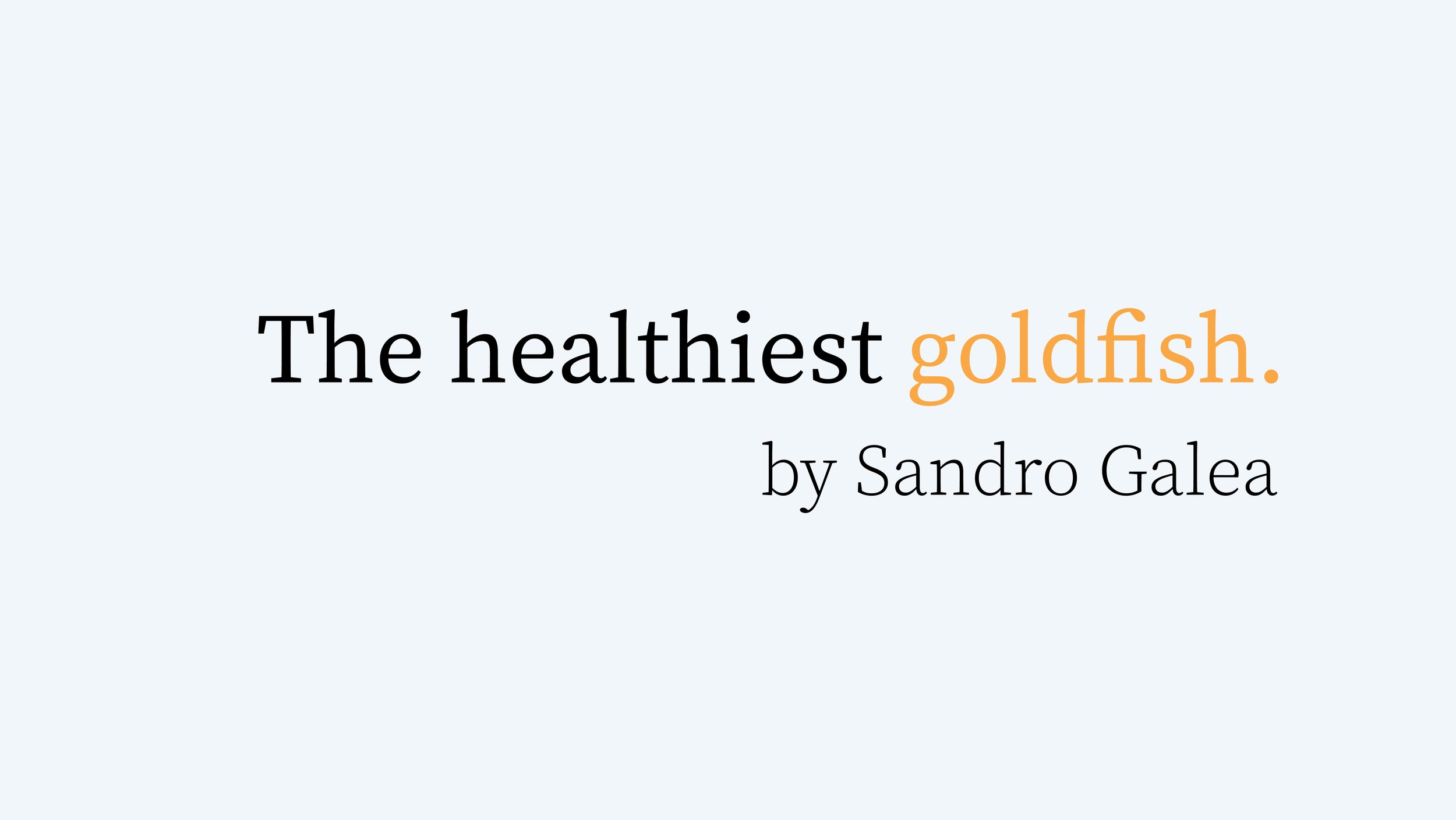Choosing what to do, how far to go, in a suffering world. Part three of three.
In my last two essays, I engaged with the question of how our morals might constructively guide the arguments we advance and the science we generate in pursuit of health. I did so as part of a broader, ongoing, conversation about our values and how they inform all we think and do in our efforts to build a healthier world. The challenge is that in engaging with the world we are regularly faced with events and ideas that are truly terrible, that lead to much suffering, destruction, and death. These events pose a challenge to a values-driven field like public health. When we see moral atrocities, there is an implicit challenge to us to act on what we are seeing, to put our values into practice by saying or doing something, anything, to address the suffering of the world. I have lately found myself thinking about these moments and their implications for how we should or should not act.
Read more here.





